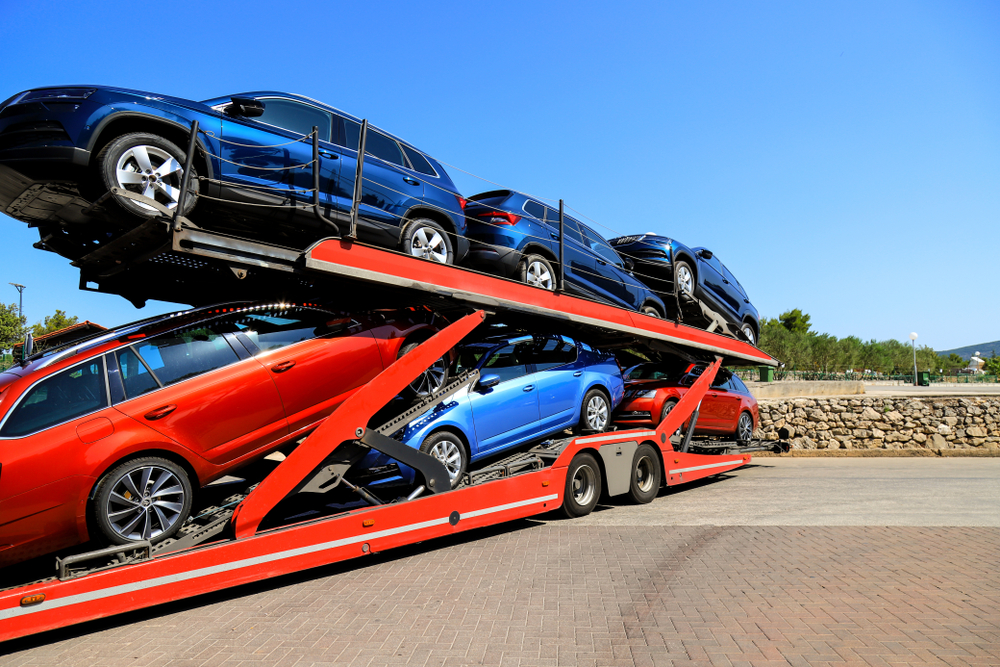There are a few key methods for transporting large construction vehicles and machinery internationally – shipping them via containers or on roll-on/roll-off (RoRo) vessels. This article will explore the differences between these two approaches and provide insights into which method may best suited for certain projects or cargoes Transporting Construction Equipment.
Container Shipping
Container shipping is one of the most popular and cost-effective ways to transport construction equipment overseas. Standardized intermodal containers allow for easy loading onto ships, trucks and trains. Some key points about containerized shipping include:
- Containers come in 20-foot and 40-foot sizes – equipment must fit within these dimensions
- Specialized loading/unloading equipment is required to place vehicles and machinery into containers
- Multiple pieces can consolidated into a single container to maximize space
- Securely sealed containers prevent damage, rust and theft during transport
- Tracking is simplified since containers function as the shipping unit
- Cargo is protected from weather during the entire journey
- Suitable for transporting various tools, parts and components in addition to vehicles
While container shipping provides protection, consolidation of cargo and intermodal connectivity, some larger vehicles may not fit inside standard containers. In such cases, RoRo transport may be preferable.
Roll-on/Roll-off Shipping
RoRo vessels are designed specifically for transportation of wheeled cargo such as commercial trucks, buses, construction equipment and more. Key aspects of RoRo shipping include:
| RoRo Vessel Design | Features large ramps, doors and decks to allow driving equipment directly onboard |
| Cargo Sizes | Can accommodate extremely large and oversized vehicles that would not fit in containers |
| Secure Lashing | On-deck vehicles are securely lashed to prevent shifting during sea transport |
| Custom Protection | Special wrapping, covering or on-deck housing protects machines from saltwater corrosion and weather |
RoRo shipping is well-suited for transporting bulldozers, excavators, cranes, haul trucks and other large-scale equipment. The open deck environment allows for transport of irregular, wide or tall cargoes. However, cargo may be more exposed to potential damage compared to containers.
Transporting Construction Equipment – Choosing the Right Option
There are a few factors to consider when determining whether container or RoRo shipping is most appropriate for transporting construction vehicles and equipment internationally:
- Size and dimensions of cargo – standard containers may limit some oversized loads
- Type of vehicles – bulk carriers prefer hauling batches of similar wheeled cargo
- Route and ports served – container feeders allow intermodal connectivity worldwide
- Cargo value and liability – containers provide more protection against damage & theft
- Customs requirements – both container and RoRo vessels can transport securely under customs bond
- Cost implications – RoRo may have volume discounts for multiple vehicle transport
In summary, container shipping remains suitable for most standard construction cargo due to widespread infrastructure, security and consolidated supply chain management. Meanwhile, RoRo transport continues to play a vital role for outsized machinery given its specialized vessel design built exactly for wheeled equipment transportation.
Imaginary Shipping Example to Help You Understand
A construction firm needed to ship thirty excavators and bulldozers from various ports in the United States and Canada to a new dam project site in West Africa. Due to the heavy machinery weighing over 10 metric tons each and lengths extending to 10 meters, container shipping was not feasible. Instead, the equipment manufacturer recommended using a RoRo vessel able to load directly from onshore. This bulk carrier designed with adjustable vehicle decks, wide stern ramp and secure lashing points along its strength deck.
Over the course of a month, the excavators and bulldozers were driven on directly at several North American load ports and lashed securely for the 16-day ocean voyage. Upon arrival in Africa, workers easily offloaded the construction vehicles using the ramp. This real-life case study exemplifies how RoRo shipping remains indispensable for efficient transport of abnormally large cargo loads to worldwide destinations.
Transporting Construction Equipment – Parting Words:
Both container and RoRo transports play pivotal roles for global distribution of construction equipment depending on the dimensional characteristics and specifications of individual cargo loads. Careful evaluation of these transportation methods can help ensure machinery and vehicles reliably reach overseas projects as scheduled.

